
“It is a comforting belief among much of society, that a plain girl with a small fortune must have no more interest in matrimony than matrimony has in her.” (page 1)
Sarath’s Mary has grown from the quiet girl, who was content to remain in the background. Although she’s not sure what she wants out of life, she certainly realizes that her life is not where she wants it to be and that she wants to find a man who is her equal and to be more than her mother’s keeper or a possible governess to her sister Jane’s unborn children. Jane and Lizzy have bigger plans for their sisters, Kitty and Mary, and plan to expose them to a greater society. They hope that through their stay the younger sisters can find happiness, but this is Mary’s story.
Sarath has expanded upon Austen’s Mary, and readers can watch her grow into a more confident woman. Her happiness begins to shine and it rubs off on those around her. Rather than weave a story about Mary’s pious nature and place her in the path of a clergyman, Sarath guides Mary with deft prose to become more independent from her family and her sisters. However, there are those moments when Mary doubts her own decisions and resolve, but so too would any woman of her societal standing who is often overlooked by men of her acquaintance as a suitable match and who is considered to be plain.
Readers favorites from Mr. Darcy and Lizzy to Lady Catherine and Anne de Bourgh round out the cast, but the colorful and rambunctious Mr. Aikens captures some of the spotlight as he shows up at inopportune moments and disrupts the decorum of Regency society with his amiable nature and constant rambling about horses. Sarath’s characterization of Aikens helps offset the quirkiness of Mary in a way that will endear her to readers, who will see her faults as charming foibles of a well-meaning woman.
The Unexpected Miss Bennet by Patrice Sarath is less a commentary on how the wall flower blooms, but rather how as we grow into the adults we’re meant to be, we can surprise even ourselves. Sarath has a talent for keeping the language modern, the characters vivid and evolving, and the story engaging. Another Austenesque novel that should be read by those who love Austen and her characters. Hopefully, Sarath has another novel planned for Kitty Bennet.
To enter the giveaway for 1 copy (US/Canada):
1. Leave a comment about what has surprised you about your adult self when you look back on how you viewed yourself as a younger person.
2. Spread the word on Twitter (@SavvyVerseWit), Facebook, or a blog, and leave a link for up to three more entries.
3. Leave a comment on the guest post for another entry and let me know on this post.
Deadline Dec. 14, 2011, at 11:59PM EST.
 Up until six months ago, I wrote in my pantry. That’s right, my pantry. See, we have a small house, barely big enough for the four of us, so my husband created a writing space for me in our combined laundry room/pantry. It was big enough for my desktop and contained all of my writing miscellanea, as you can see. In the summer, it got pretty hot, so I wrote to the constant sound of a fan positioned at the doorway. In the winter, I kept warm from the dryer.
Up until six months ago, I wrote in my pantry. That’s right, my pantry. See, we have a small house, barely big enough for the four of us, so my husband created a writing space for me in our combined laundry room/pantry. It was big enough for my desktop and contained all of my writing miscellanea, as you can see. In the summer, it got pretty hot, so I wrote to the constant sound of a fan positioned at the doorway. In the winter, I kept warm from the dryer. And promptly got a very bad case of writer’s block. Too much light and air, I think. Too many distractions. It took awhile to get over that. I don’t take change well, and it was a shock to my system. Sometimes I find myself going into the pantry to sit down and write, only to be shocked with how my former space is taken up with household stuff.
And promptly got a very bad case of writer’s block. Too much light and air, I think. Too many distractions. It took awhile to get over that. I don’t take change well, and it was a shock to my system. Sometimes I find myself going into the pantry to sit down and write, only to be shocked with how my former space is taken up with household stuff.
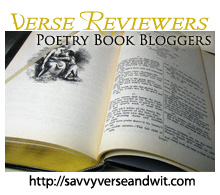


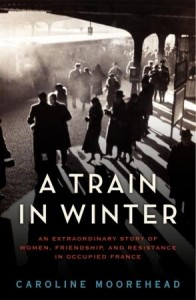

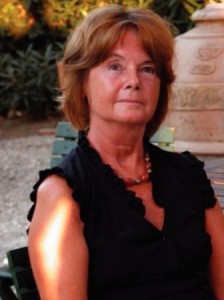 About the Author:
About the Author: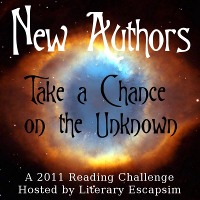
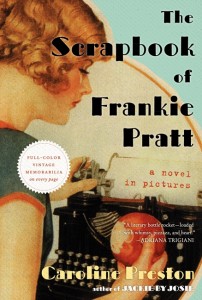
 About the Author:
About the Author:



